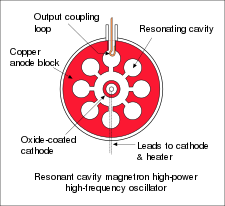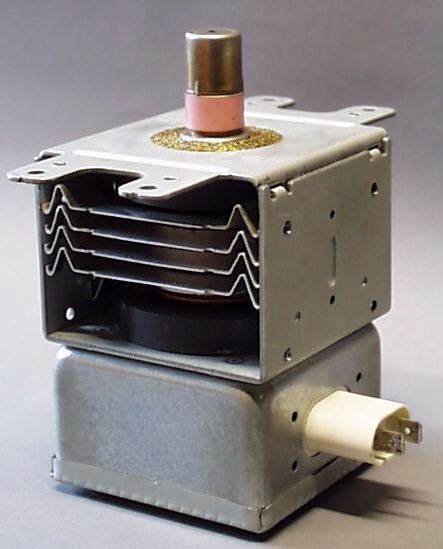backto1992
Timekeeper
Has anyone noticed that their microwave ovens' clock can be inaccurate sometimes?
I've noticed this on the two different microwave ovens in my house. One is a Sunbeam brand (newer model) and the other one is an older Panasonic model (about 10 years old).
The clocks on the microwave invariably run faster (like 5 minutes faster or more than all the other clocks in the house). I would then set the microwave clock back to the same time as the other clocks in the house but after a few days, the microwaves would then move faster again. My hypothesis is that when a microwave operates (e.g. cooking food), it generates a rotating magnetic field that could distort the time space area around it and make the clock faster.
I haven't done any formal scientific experiments to test this. Maybe there are some physicists who have the lab equipment to test out this theory.
I've noticed this on the two different microwave ovens in my house. One is a Sunbeam brand (newer model) and the other one is an older Panasonic model (about 10 years old).
The clocks on the microwave invariably run faster (like 5 minutes faster or more than all the other clocks in the house). I would then set the microwave clock back to the same time as the other clocks in the house but after a few days, the microwaves would then move faster again. My hypothesis is that when a microwave operates (e.g. cooking food), it generates a rotating magnetic field that could distort the time space area around it and make the clock faster.
I haven't done any formal scientific experiments to test this. Maybe there are some physicists who have the lab equipment to test out this theory.


